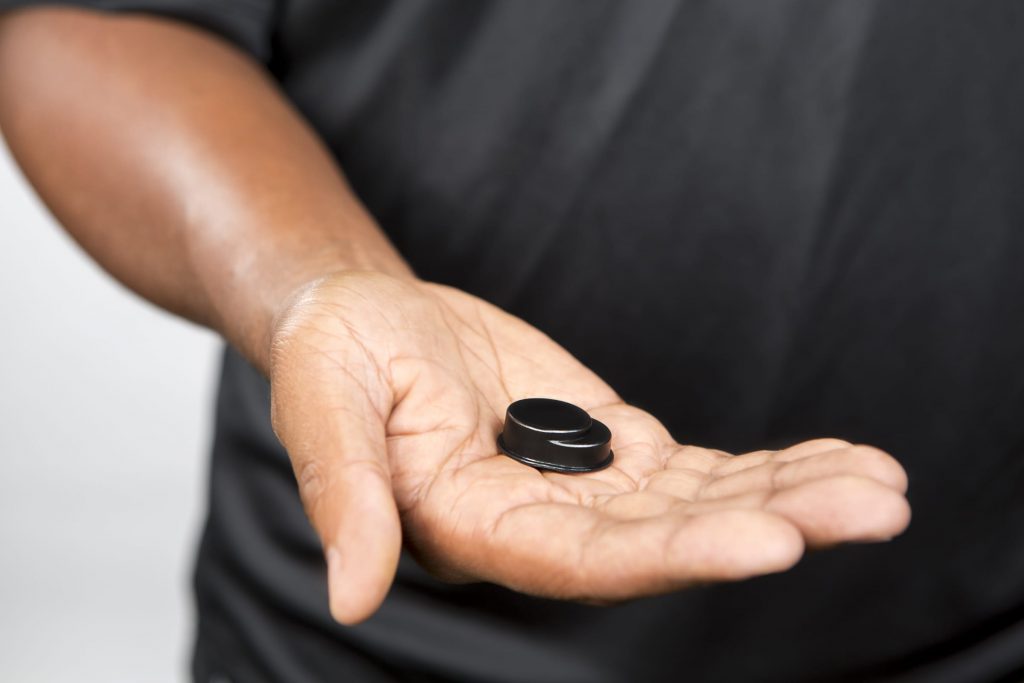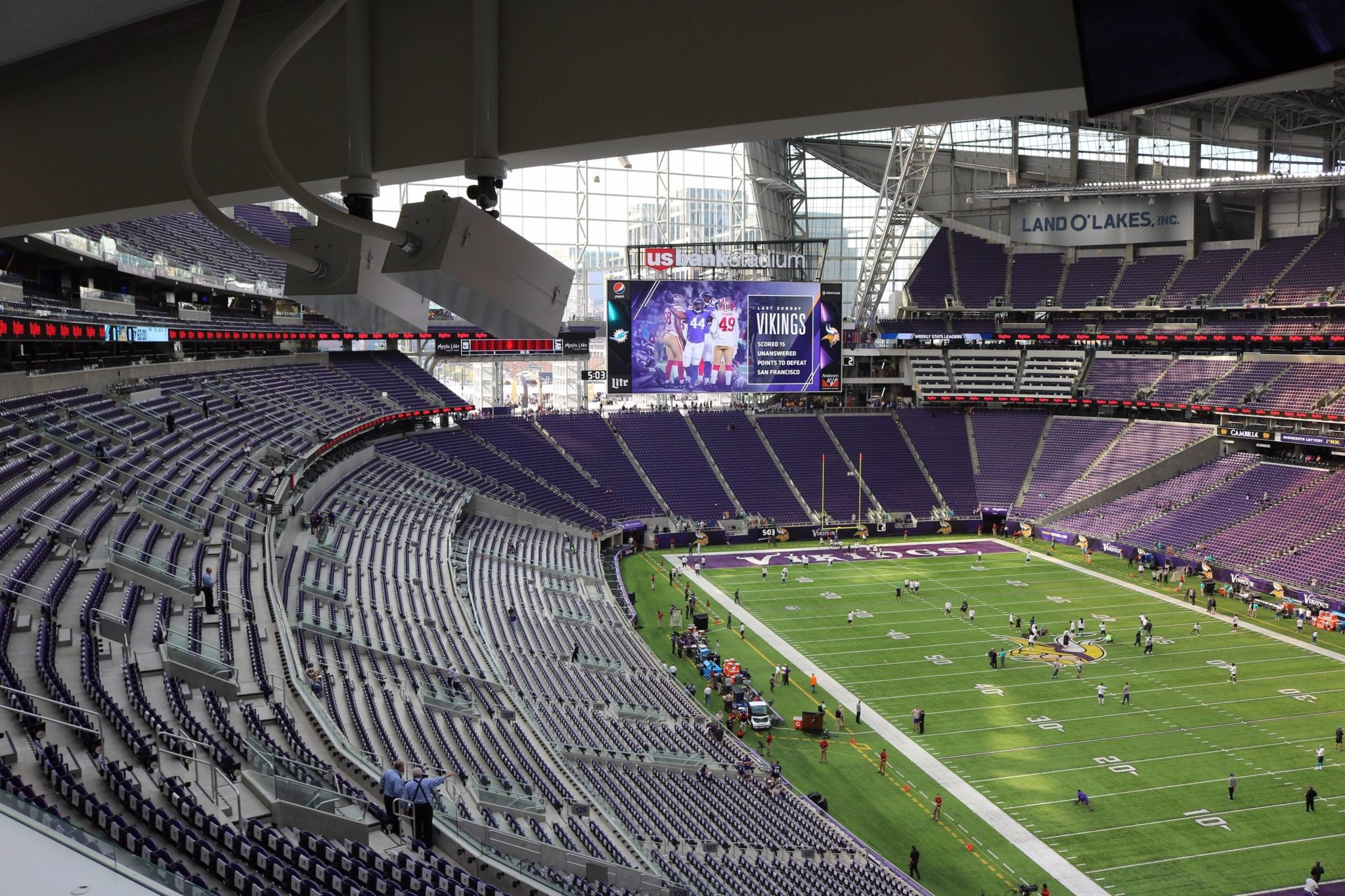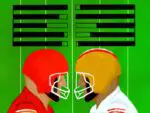When you sit down to watch your favorite team this week, chances are you’ll spend a lot of time in suspense while waiting for the officiating crew to review things like first down spots and goal line plays.
Even though the game has come a long way with the help of technology, as outlined on the NFL’s official website, referees still depend on things like chains to verify yardage and video footage to determine accurate ball placement. Considering the fact that we have high tech gadgets, such as jackets that can control your smartphone and haptic displays that mimic different textures on the same screen, you might expect NFL officiating to be a little less analog.
The majority of new NFL technology this season focuses on player safety and health with good reason. New advancements in health monitoring and brainwave analysis could help with the concussion crisis and injury recovery. Looking toward the future as far as officiating goes, there are a few ways that technology, sometimes talked about on BrighterGuide, might be able to enhance accuracy and efficiency. While many fans begrudge changes to America’s favorite sport that involve technology—such as the Microsoft Surface tablet “holders” who have popped up on the field in the 2017 season—most would admit that enhancements can help to ensure the best team wins with the least amount of controversy. Here are four tech innovations that might help improve the game in the next few years.
1. Football Tracking Devices
Will there ever be a day when the “chain gang” might become obsolete on professional football fields in America? The chain crew is the equivalent of a big measuring tape for yardage in the NFL, but perhaps a more accurate method of measurement lies in RFID chips. Zebra Technologies has been tagging footballs with these chips to track data such as speed and distance thrown, and have also used the chips in players’ shoulder pads to collect acceleration and positioning data. You can even buy one of the high tech enabled footballs by Wilson Sporting Goods Company for a couple hundred bucks.

The NFL has rolled out the RFID system by Zebra Technologies to all thirty-two teams, gathering mountains of data in the process. While the technology isn’t being used for officiating purposes as of yet, there are countless applications for it in professional sports. Just think if the chips could help determine a football’s exact coordinates on a field at the end of a play, or the spot where the ball lands out of bounds after a punt. That ability alone would allow officials to make better calls when it comes to goal line penetrations or plays that involve dog piles or odd camera angles, situations where ball visibility is limited.
Although that would take away the suspense of those nail-biting reviews, everyone would most likely prefer accuracy to drama. The NFL has considered this potential as it tests the new technology, admitting on their website that the conversation around technology, in general, is centered around “balancing technology with tradition.” Many changes, such as coach-to-player communications and sideline viewing systems, were first met with controversy and pushback, only to be recognized as ultimately beneficial and eventually accepted as permanent parts of the game. While fans might worry that RFID chips will only further complicate the NFL, the consensus is that the data collected with this technology will one day drive every aspect of the game.
2. freeD Technology
The 2017 NFL season debuted new freeD technology installed in certain stadiums. The technology captures 360-degree images in stunning detail, freezing pivotal game moments and remarkable plays in time. According to Intel’s website, the stadiums are outfitted with thirty-eight 5K ultrahigh-definition cameras that create incredible highlights.
Although the images are enhanced, the technology could prove to be useful for officials if it is ever implemented in all team stadiums. Visibility is a common limitation for instant replays, so a 360-degree camera system could be an excellent solution. So far, eleven stadiums have been outfitted. Fans have access to the highlights on NFL.com, where they can replay parts of the game captured with the freeD cameras.
Unfortunately, only selected highlights are offered for review on the website. Since a production team is required to virtually recreate each clip, it might not be practical to consider the technology for in-game replay situations until the process is streamlined further.
3. Helmet Cams
One thing tracking devices and 360-degree cameras can’t do is tell if a player has control of a ball, if a knee touches the ground or if a toe contacts a sideline. That’s where helmet cameras could really make a difference. Imagine having the ability to examine the perspective of any given player on the field at any time during a game. You might be able to see who gets first possession of a fumble underneath a pileup, or whether or not a runner’s foot goes out of bounds.
NHL referees have already tried out these helmet cams with success. Helmet cams sound exciting for replay footage alone, as demonstrated by running back Adrian Peterson in a 2013 Minnesota Vikings practice. Although helmet cams have been talked about for a long time now, there are still a lot of people who don’t like the idea. Some players call out the technology as not only dangerous but also too intrusive.

Perhaps that’s where the real challenge lies, not in the technological limitations, but in the willingness of players and fans to embrace new approaches. The NFL’s chief information officer, Michelle McKenna-Doyle, explains that new technology is not selected “for tech’s sake,” but to “make the game better, safer,” and to “move faster.” While we can all agree with that line of reasoning, let’s admit—we just want to yell at the television a little less each week.
Whether the NFL decides to implement more technology in the game or not, here’s my favorite solution to a common problem involving offensive holding: a pair of oven mitts fixes everything. Sometimes the best technology is the type that has already been around for ages.

















